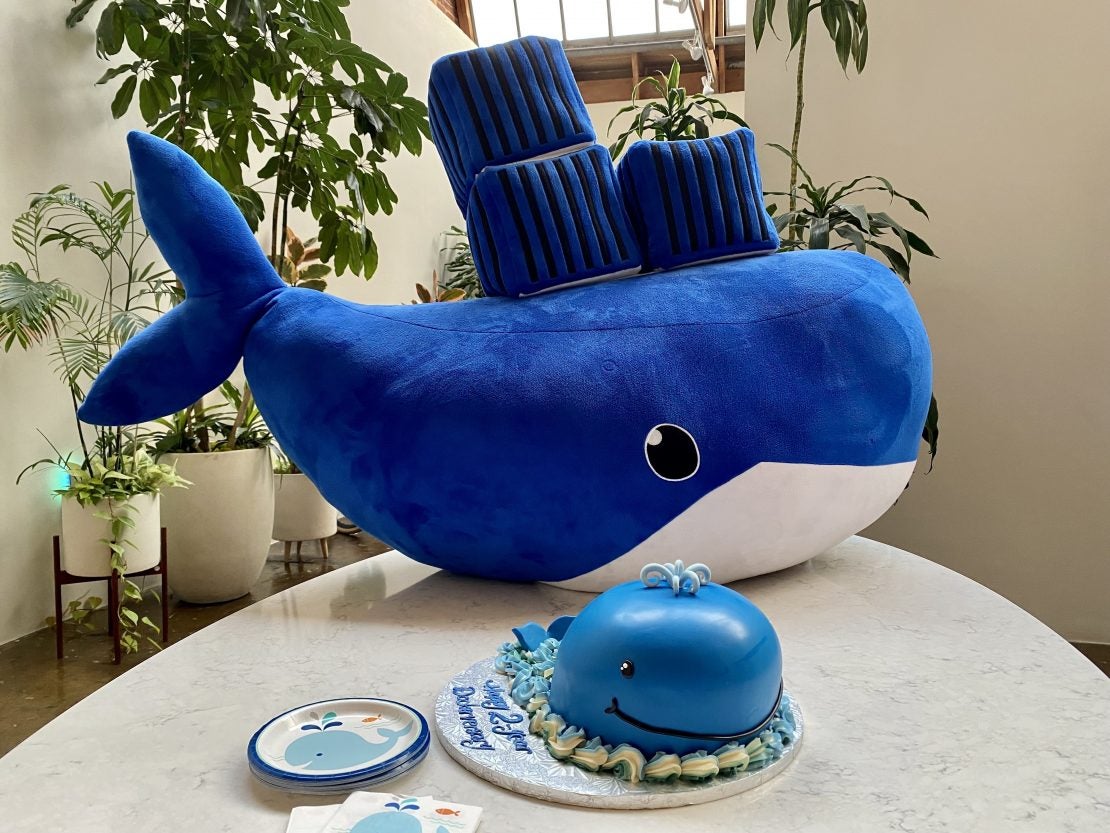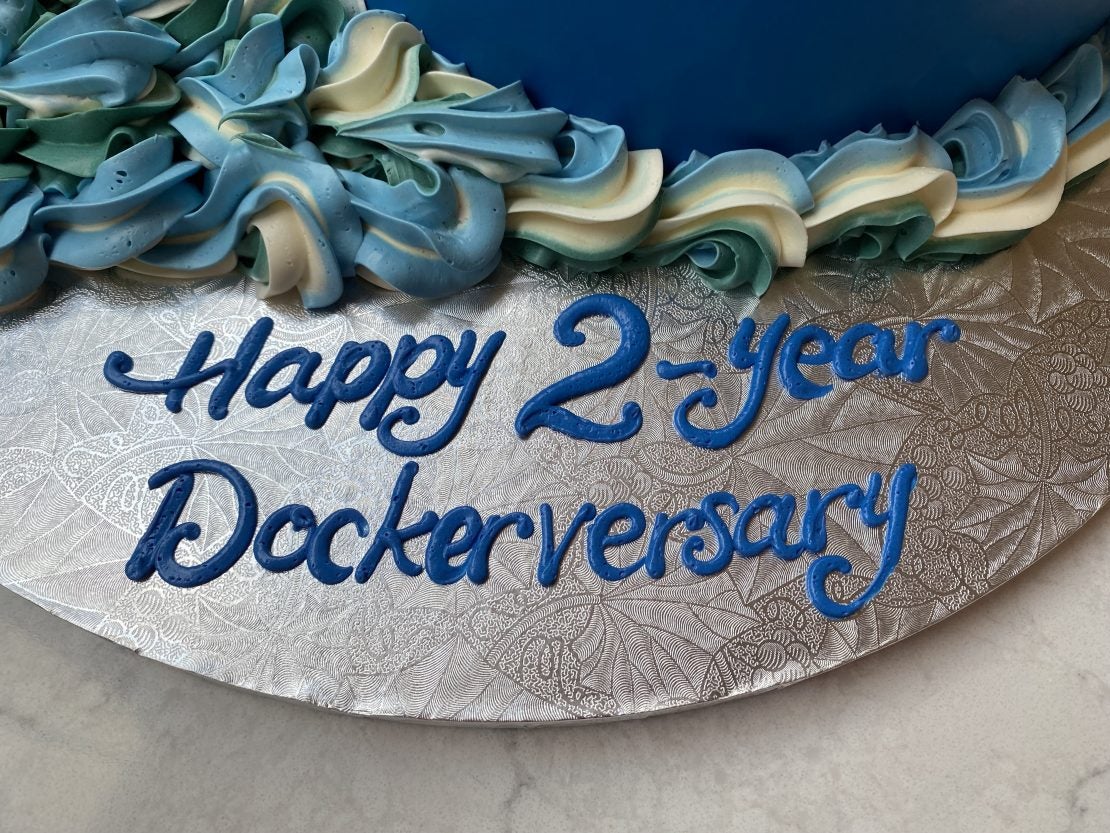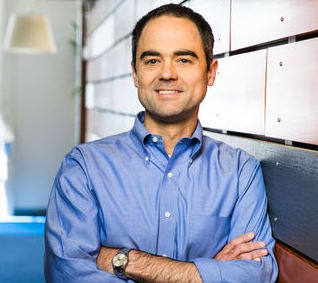Two years ago, in November 2019, we refocused our company on the needs of developers. At the time, we recognized the growing adoption of microservices, the explosion in the number of tools, and the many opportunities to simplify these complexities. Little did we know that within months the world would face a global pandemic and economic recession, and that our company would quickly shift to 100% virtual, work-from-home operations. We also didn’t anticipate how the pandemic would increase the demand for application development, further accelerating the importance of developer productivity.
And throughout all these ups and downs the Docker team stayed the course. I thank them for their unwavering focus on serving our developer community. And I thank our Docker Captains, our community leaders, our ecosystem partners, our customers and the wider Docker community for their feedback, loyalty, and trust. Your support these last two years enabled us to not just survive, but to thrive.


Delivering Collaboration, Speed, and Security for Developers
The global tragedy of the pandemic accelerated digital initiatives in every industry while the “new normal” of work-from-home raised the importance of collaboration within “virtual-first” development teams. In response, to simplify the complexities of modern app development facing these teams we shipped Docker Development Environments. With it, team members can quickly and easily share with each other reproducible development environments, enabling them to spend more time writing code instead of installing tools, setting environment variables, and untangling dependencies.
This “need for speed” triggered by the pandemic is somewhat addressed by the decade-long rise in custom silicon. Yet how can developers take advantage of custom silicon performance without re-writing their applications or learning unfamiliar tools? Since our re-focusing in November 2019 we’ve shipped new capabilities that address this challenge, including support for Arm-based Apple M1 silicon in Docker Desktop, NVIDIA GPU support in Docker Desktop and Docker Compose-to-AWS, and RISC-V support in BuildKit. In doing so, we’re helping developers to get the speed benefits of custom silicon “for free” without having to make changes to their app or learn a new toolchain.
Sadly, the rise in online activity catalyzed by the pandemic is attracting the attention of criminals, resulting in an increase in the frequency and sophistication of attacks on organizations’ software supply chains. For this challenge, given the heterogeneity of customers’ environments Docker and our partners have taken a multi-vendor, open standards-based approach. This includes delivering CNCF-based Notary v2 for digital signatures, Docker Hub-interoperable container registry partnerships with AWS, Mirantis, and JFrog, and trusted content partnerships with Canonical, Red Hat, VMware, and other leading commercial ISVs.
The results? More development teams than ever are using Docker as the fastest, most secure way to build, share, and run modern applications. In fact, since our refocusing on developers two years ago our community has grown to 15.4 million monthly active developers sharing 13.7 million apps at a rate of 14.7 billion pulls per month. Moreover, for the second year in a row Stack Overflow’s Developer Survey ranked Docker as the #1 most wanted development tool, and JetBrains’ annual survey rated Docker Compose as the most popular container development tool, used by 58% of respondents.
We’re Just Getting Started
While we’re humbled by the results of these first two years, we also believe we’re just getting started – there’s still so much to do. In particular, the pandemic-triggered demand for apps is accelerating the demand for developer talent. Specifically, the demand for developers is growing 8X faster than the average demand for other occupations, with the market projected to be 45 million developers by the end of this decade. What are the implications for our industry and for Docker?
First, to state the obvious, more developers means more apps. And whether it’s the modernization of traditional apps or the creation of new, Kubernetes-destined ones both mean increased complexity. The result is a larger attack surface of software supply chains for criminals to attack.
With our presence at both ends of the supply chain, Docker is uniquely positioned to help. As the source of trusted content at the beginning of the supply chain – Docker Official Images, Docker Verified Publisher images of commercial ISV partners, and Docker-sponsored open source projects – developers can trust the foundational building blocks of their apps from the start. On the other end of the supply chain, Docker Desktop, we’re providing tools for developers to discover trusted content, verify its integrity, and ensure its ongoing freshness. And for their managers, we give them SaaS-delivered visibility and controls for images pulled from registries as well as created within Docker Desktop. This allows development teams to ship quickly and safely – no need to trade one off for the other.
Second, increasingly developers want the freedom to choose best-of-breed tools in order to take advantage of the latest innovations in app development. In working with ecosystem partners on open standards like OCI, compose-spec, CNCF Distribution, and others, we’ve delivered innovation for developers such as Compose-to-cloud tooling for AWS and Azure, image build automations with GitHub and Bitbucket repos and GitHub Actions, image vulnerability scanning with Snyk, and more.
Going forward, so as to provide developers even more choice in ecosystem partner tools we are making it even easier for partners to integrate with Docker tools, services, and content by expanding the breadth and depth of our product interfaces. Around this we are providing discovery and assurance services so that developers know these ecosystem partner integrations are safe, maintained, and supported. Furthermore, our SaaS-delivered management plane gives managers visibility into integration usage and a means to set and enforce integrations policy. This combination gives developers the freedom to choose their tools, safely.
Third, daily more and more developers are joining hundreds of thousands of Docker community members freely sharing with each other their time, expertise, and joy in using Docker for app development. And whether it’s our public roadmap, awesome-compose contributions, community Slack, community meetups, or 80,000-participant DockerCons you’ll find a friendly, enthusiastic crowd. Moreover, it’s a community that welcomes newcomers just getting started, and thus plays an important role in sustainably scaling Docker adoption as tens of millions more new developers join the community in the years to come.
But besides stars and reviews on image repos on Docker Hub, the wellspring of community recommendations, best practices, and cool hacks isn’t accessible directly in the product to other community members. Wouldn’t it be cool if, for example, the Dockerfile optimization someone in your company a continent away just figured out was automatically made visible and available to everyone in your company working with a similar image? We think so, too! We see so much potential in enabling community members to help and learn from each other, and we can’t wait to share more with you.
Fair Skies Ahead
In these last two years since our refocusing on developers, we’re humbled by the non-stop growth in the Docker community, the enthusiastic feedback and adoption of the new features we’ve shipped, and the positive support for the business changes we’ve made to enable us to sustainably scale Docker to tens of millions more developers. And with the accelerating demand for new apps and more developers to build, share, and run them, we’re incredibly excited about the next chapters in our journey together with you!
Thank you, and let’s keep shipping!
sj
PS – We can’t wait to share details of the above and more with you at next year’s DockerCon on Tuesday, May 10, 2022. Save the date, it’s gonna be a blast! Register today at https://www.docker.com/dockercon/

